#Eyelash viper
Explore tagged Tumblr posts
Text
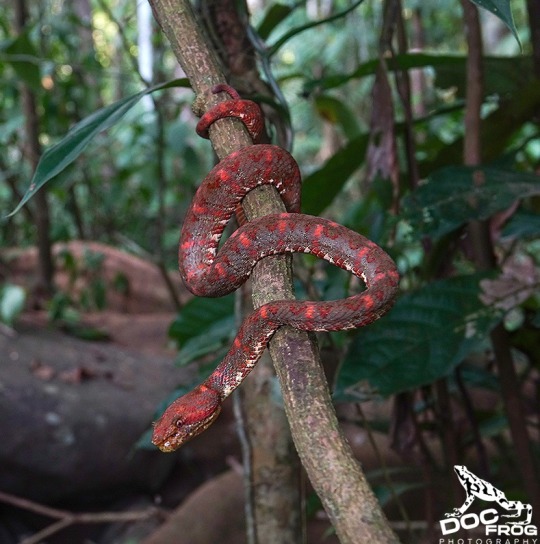
Central American Eyelash Viper (Bothriechis nigroadspersus), red phase, family Viperidae, Costa Rica
Venomous.
Recent work suggests that the Eyelash Viper, B. schlegelii, should be broken up into several species. This is one of those newly proposed species, 2024.
photograph by Cesar Barrio Amorós
#eyelash viper#viperidae#pit viper#venomous#snake#reptile#herpetology#central america#animals#nature#bothriechis
388 notes
·
View notes
Text
Uncharismatic Fact of the Day
Animals usually use bright colors as a warning to others that they're dangerous, but that isn't always the case. Eyelash vipers come in pink, green, or yellow, and they can use those colors to hide among bunches of bananas! Because of their ability to hide in plain sight, Bothriechis schlegelii has occasionally been shipped to other countries among exports of bananas.
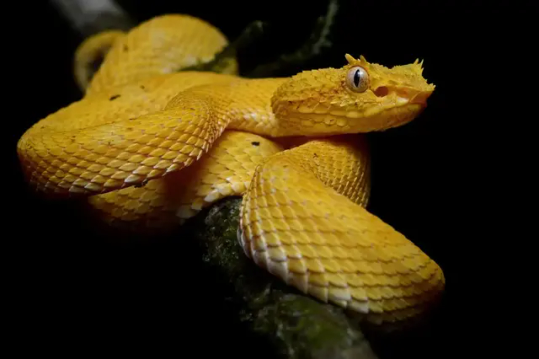
(Image: An eyelash viper (Bothriechis schlegelii) by Geoff Gallice)
If you send me proof that you’ve made a donation to UNRWA or another organization benefiting Palestinians, I’ll make art of any animal of your choosing.
#eyelash viper#Squamata#Viperidae#palm vipers#vipers#snakes#serpents#squamates#reptiles#uncharismatic facts
175 notes
·
View notes
Text
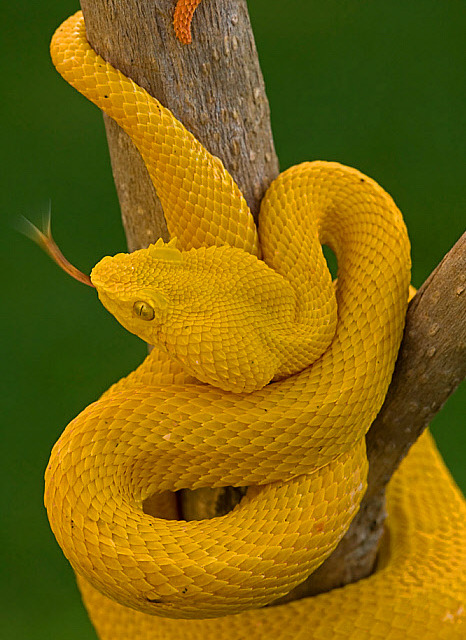
Eyelash Palm-pitviper (Bothriechis schlegeli)
Photo by John Cancalosi
#Bothriechis schlegeli#eyelash viper#Bothriechis#eyelash palm-pit viper#pit viper#viper#snakes#yellow#yellow snakes#reptiles#animals#wildlife#nature
194 notes
·
View notes
Text
A group of scientists led by researchers of from the Khamai Foundation discovered five dazzling new species of eyelash vipers in the jungles and cloud forests of Colombia and Ecuador. This discovery was made official in a study published in Evolutionary Systematics. Prior to this research, the captivating new vipers, now recognized as among the most alluring ever found, were mistakenly classified as part of a single, highly variable species spanning from Mexico to northwestern Peru. The decade-long study began with an unexpected incident wherein one of the authors was bitten by one of these previously undiscovered species.
Continue Reading.
65 notes
·
View notes
Text






#my art#alphabet superset#snake#traditional art#colored pens#colored pencil#flowers#anaconda#ageratum#boomslang#begonia#coral snake#camellia#diamond python#dandelion#eyelash viper#eremurus#false horned viper#forget me not#artists on tumblr#snake art#flower art
30 notes
·
View notes
Text
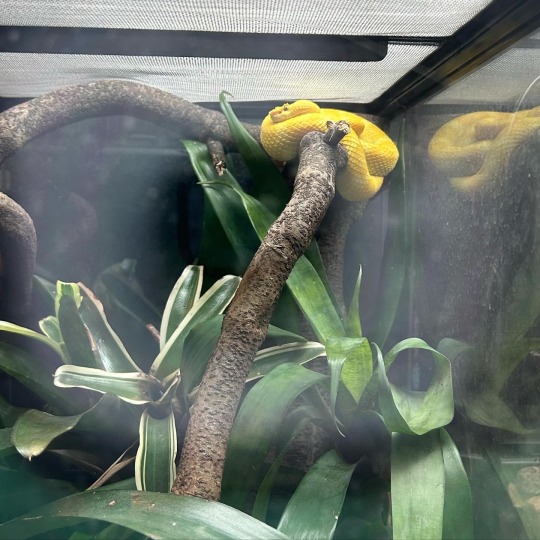
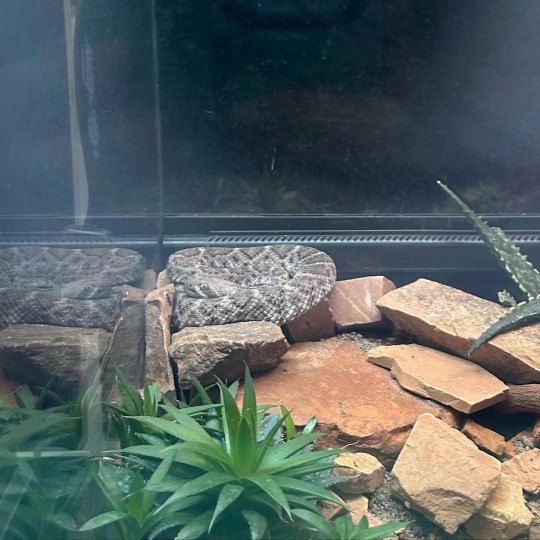
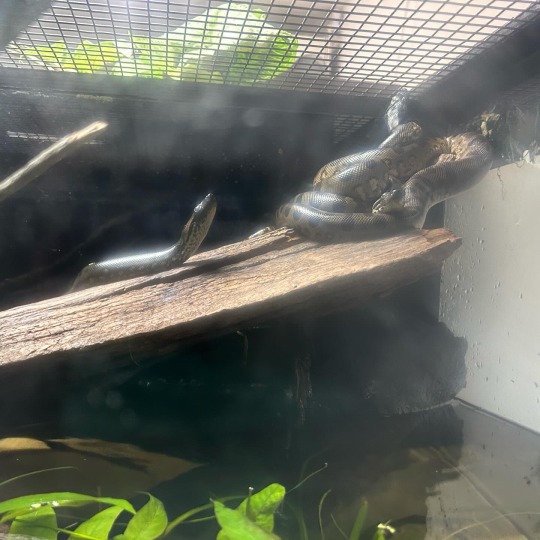


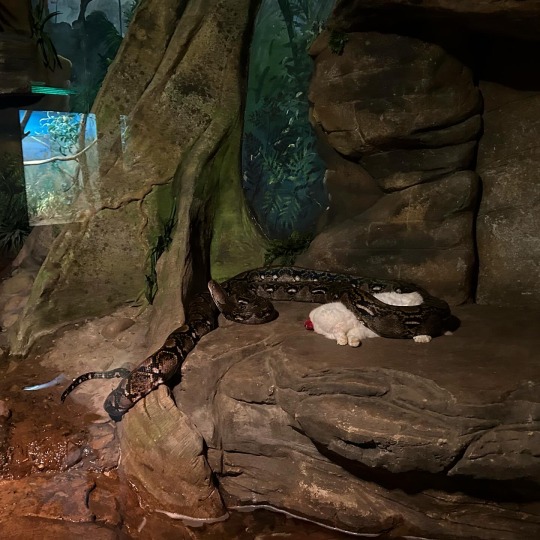
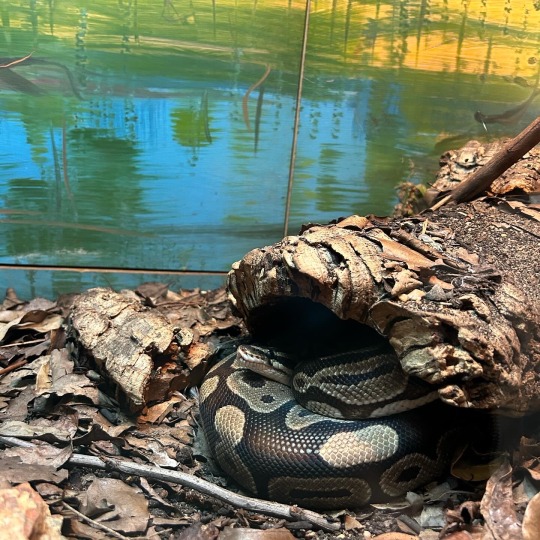
Some of the amazing snakes I saw at the Australian Reptile Park today
SLIDE ONE: Eyelash Viper - part of the Pit Viper family, a family of very pretty but venomous snakes
SLIDE TWO: Western Diamondback Rattlesnake
SLIDE THREE: Juvenile Anacondas - Can’t believe how little and cute these snakes are in comparison to how big they get
SLIDE FOUR: Inland Taipan - The land snake with the most toxic venom in the world
SLIDE FIVE: King Cobra - This guy came right up to the glass, he was quite a show off and who can blame him? He IS a mighty King Cobra after all
SLIDE SIX: Reticulated Python - Just happened to be having a feed when I saw it
SLIDE SEVEN: Ball Python
#australia#sydney#new south wales#australian reptile park#eyelash viper#western diamondback rattlesnake#green anaconda#inland taipan#king cobra#reticulated python#ball python#2024
22 notes
·
View notes
Text
daily snake #21

💛 The Eyelash Viper (Bothriechis schlegelii), native to Central and South America, is a venomous snake with a wide variety of color variations. It has large, needle-like fangs that fold back when not in use.
#biology#zoology#reptile#sciblr#snake#science#stem#snek#snekblr#eyelash viper#bothriechis schlegelii#viper
76 notes
·
View notes
Text
Animal of the Day!
Eyelash Viper (Bothriechis schlegelii)

(Photo by Geoff Gallice)
Conservation Status- Least Concern
Habitat- Central America; Northern South America
Size (Weight/Length)- 80 cm
Diet- Small mammals; Birds; Lizards; Frogs
Cool Facts- You might think on first glance that the bright yellow eyelash viper lacks any form of camouflage, but you’re strangely enough wrong. Curled up in a palm tree, their scales are nearly indistinguishable from the bark. They will sit and wait for days without moving, only striking if prey gets close enough. Their venom quickly shuts down the nervous system of rodents and birds, giving the viper an easy meal. Some snakes have memorized the trees migrating birds favor to roost in. The viper returns to the same spot every year to get an easy meal in the form of travel weary birds.
Rating- 11/10 (Cannot physically wink.)
#Animal of the day#Animals#Reptiles#Snakes#Vipers#Friday#December 16#Eyelash viper#biology#science#conservation#the more you know
214 notes
·
View notes
Text

Need to make more ocs for artfight :> working on sheets n' stuff
#oc art#art#digital art#reptile art#snake art#eyelash viper#eyelash viper art#oc#artfight#artfight 2024
8 notes
·
View notes
Text

Uhm I might be in Costa Rica?
#Costa Rica#toucan#poison dart frog#anteater#howler monkey#eyelash viper#porcupine#bats#white nosed coati
8 notes
·
View notes
Text

Central American Eyelash-Pitviper (Botriechis nigroadspersus), family Viperidae, Costa Rica
Venomous.
The Eyelash Viper, B. schegelli, has recently been broken up into a number of species. This is one of the newly recognized species.
photograph by @kevinvenegas_wildlife
#eyelash viper#viperidae#pit viper#venomous#bothriechis#snake#reptile#herpetology#animals#nature#central america
251 notes
·
View notes
Text
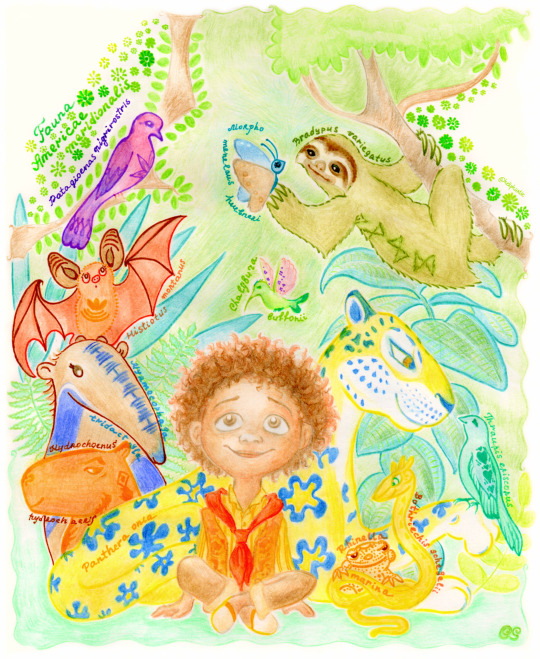
«My Family and Other Animals» (G. Durrell)
Feliz Сumpleaños, Tonito!
This art is final installment in this impromptu mini-series.
Some notes:
Scales of animals aren’t accurate, because it’s a fantasy, I allowed myself an artistic license.
Blue butterflies shown in the movie and promo images are indeed one of many Colombian butterfly species, called Menelaus blue morpho (aka mariposa morfo azul). Based on pattern, it’s also female ones. (First image: male; second image: female.)


Here’s a reference to old concept sketches to the movie, in which Camilo could turn into animals and shown to take appearance of capy.
Also, I flubbed at first, identifying a pigeon species (representing Alma – К.O.) as ruddy pigeon (Patagioenas subvinacea), and had to fix it. It’s a very similar and actually native to Colombia short-billed pigeon (Patagioenas nigrirostris), and it’s as close to ‘mourning dove’ as I could get.

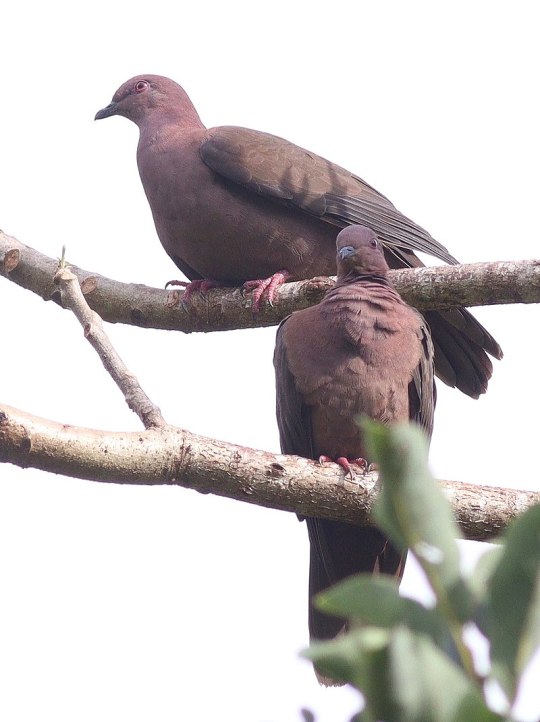
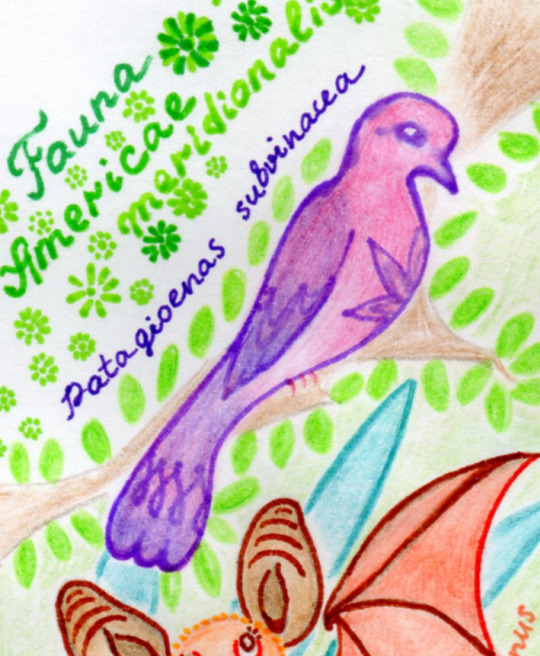

#encanto#encanto fanart#disney fanart#antonio madrigal#fauna of south america#fauna of colombia#short-billed pigeon#menelaus blue morpho#brown-throated three-toed sloth#small big-eared brown bat#white-vented plumeleteer#giant anteater#capybara#jaguar#blue-gray tanager#cane toad#eyelash viper#la familia madrigal#madrigal family#phantieart
42 notes
·
View notes
Text

Aurelia and Dizzy are definitely besties so I drew them together :)
#art#my art#digital art#artists on tumblr#oc#oc art#my ocs#wolf#winged wolf#phoenix#cherry blossom#coyote#snake#viper#eyelash viper#canary#hybrid
5 notes
·
View notes
Text






#my art#alphabet superset#snake#traditional art#pencil#flowers#anaconda#ageratum#boomslang#begonia#coral snake#camellia#diamond python#dandelion#eyelash viper#eremurus#false horned viper#forget me not#artists on tumblr#snake art#flower art
16 notes
·
View notes
Photo

Schlegel's viper or Eyelash viper (I think), from the Budapest Zoo. Please correct me if I’m wrong.
Fact from Animal spot: “Like most other pit viper species, these are nocturnal creatures and usually spend a solitary life. However, they have been noticed to come back to sites they are familiar with, in order to keep track of the migration pattern of their prey animals.”
12 notes
·
View notes
